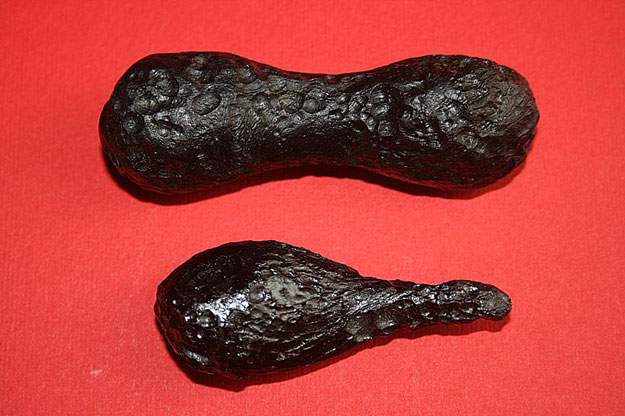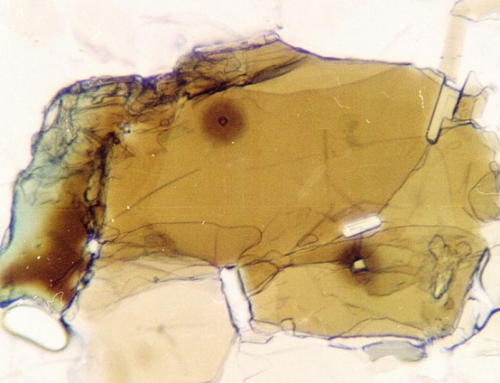The evidence from the rocks suggests that many were not formed, as Darwin believed, from gradual processes but from a series of catastrophic events. They have resulted from volcanic activity, massive water erosion and deposition, substantial earth movements and often extreme environmental conditions.
There is abundant evidence that life was present during these events and as a result substantial loss of life and extinction took place.
Uniformitarianism
In its current usage, uniformitarianism originated as an idea with James Hutton in the late 18th century.1 This assumed that the conditions and processes of today have been consistent throughout time and therefore timescales expressed in millions of years are necessary to interpret it. Sir Charles Lyell, promoted the idea of uniformitarianism, or gradualism as it is also known, and was a considerable influence on Charles Darwin. “I always feel as if my books came half out of Lyell’s brain” said Charles Darwin, “for I have always thought that the great merit of the Principles2 was that it altered the whole tone of one’s mind.” 3
The explanation of geological processes since the time of Lyell and Darwin has relied heavily on this principle that ‘the present is the key to the past’. The idea that major catastrophic events had contributed to the formation of the earth’s surface was discounted and only invoked where there had been a major extinction of species.
- Sir Charles Lyell
Catastrophism
The explanation of geological change in uniformitarian terms remained until the 1950s. The popular writing of Immanuel Velikovsky at that time argued for a catastrophic earth history but the resurgence of this idea in the geological community did not appear until twenty years later.
The American zoologists Eldredge & Gould developed the theory of punctuated equilibria in which evolutionary change occurs relatively rapidly, with periods of stasis, rather than in the traditional uniformitarian manner.4 Gould widened this to the record of the rocks with the comment “The geologic record does seem to require catastrophes: rocks are fractured and contorted; whole faunas are wiped out”.5
In 1973 the British geologist Derek Ager argued that the stratigraphic record was rapidly formed but dominated by gaps.6 These concepts were developed later in Ager’s book The New Catastrophism.7
- Used by Lyell and Ager to illustrate opposing theories – the Roman columns at The Serapium, near Naples.
The catastrophic history of the world can be demonstrated through all three rock types. Igneous rocks tell of volcanic activity, sometimes on a massive scale, as at Decan Traps, India with its multiple layers of flood basalt over a mile deep. Metamorphic rocks reflect the transformation of other rocks through high temperatures, pressure and sometimes chemical change, often the result of mountain building or seismic activity in the ocean crust.
Study of the sedimentary rocks provides evidence of the circumstances in which some of them were deposited, including the direction and flow of the depositing waters, known as palaeocurrents.8 Studies in Europe9and North America10 give an indication of the strength of these palaeocurrents and the great distances they affected. The geological record suggests that the deposition of the rock was on a very large and different scale to the present day.
- Palaeocurrents north of the Alps.
- Palaeocurrents across the United States
Other evidence for catastrophic sedimentation may be deduced from the number of fossil graveyards found and the burial of trees, still standing, in sediment. Standing trees (known as Sigillaria) often occur in the coal measures, and as with the example from Nant Llech near Swansea, have been known for many years.
- Standing fossil trees from near Swansea
Evidence of extra-terrestrial bodies – sometimes known as Bolides – impacting the earth and leaving a crater represent another aspect of the earth’s catastrophic history. Well known examples are at Chicxulib, on the Yucatan Peninsular in Mexico or in the Arizona desert. The presence of iridium-rich rocks is often considered to be evidence of a bolide or meteorite strike. Tektites, walnut-sized, glass-like rocks, are normally considered to have been formed as the result of a meteorite impact.
- Tektites
The record of the rocks suggests very different origins to the uniformitarian principles proposed by Hutton and Lyell which have dominated geological interpretation for so long. The evidence suggests that an objective review of the evdence is long overdue.











